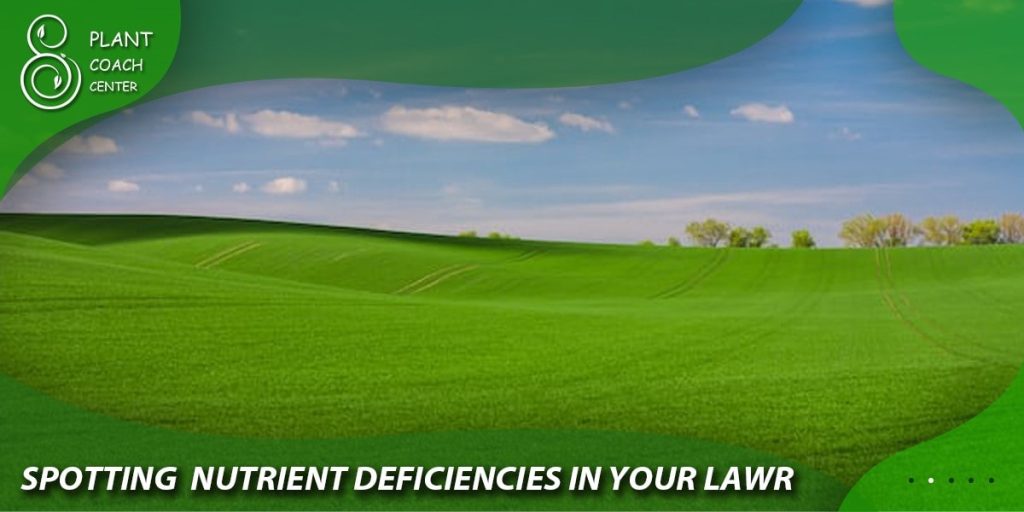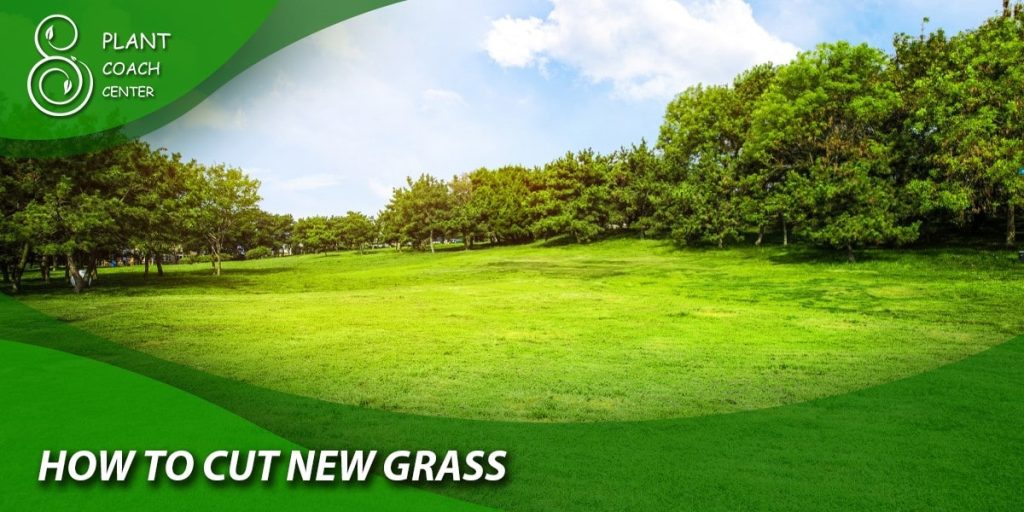When Should You Mow New Grass?
Maintaining a lush, green lawn is more than just a labor of love. It’s about understanding the subtleties of nature and working in harmony with them. One of the key questions that homeowners often grapple with is, “When should you mow new grass?”
This question isn’t just about aesthetics; it’s about providing the best possible care for your lawn to ensure optimal growth and health. This comprehensive guide, brought to you by plantcoachcenter.com, will delve into this topic and provide all the information you need to get your timing just right.
Understanding Grass Growth
Grass Lifecycle: From Seed to Maturity
Every blade of grass in your lawn starts its life as a tiny seed. These seeds germinate and sprout, pushing their first green shoots upwards towards the sun. As these shoots grow and mature, they undergo a process called tillering, where they produce additional shoots from the base of the plant. This process continues, with the grass plant growing taller and denser over time. Understanding this lifecycle is essential because mowing is a form of stress for the grass, and introducing this stress at the wrong time can harm the lawn.
The Role of Photosynthesis in Grass Growth
Photosynthesis is the process where plants, including grass, harness energy from sunlight and convert it into chemical energy for growth and development. For grass, photosynthesis is most efficient when the grass blades are at a certain height. Cutting the grass too short can hamper photosynthesis, leading to slower growth and a less healthy lawn.

When to Mow New Grass
The Best Time to Mow New Grass
So when should you mow new grass? The general rule of thumb is to wait until your new grass has reached a height of approximately 3-3.5 inches. This height allows for efficient photosynthesis and ensures that the roots have had sufficient time to establish themselves.
Factors Influencing the First Mow
The exact timing of the first mow can vary depending on several factors. These include the type of grass, weather conditions, and how quickly the grass is growing. For example, cool-season grasses may be ready to mow sooner than warm-season grasses.
The Science behind Mowing New Grass
Mowing new grass isn’t just about getting rid of excess height. It encourages the grass to grow denser instead of taller, leading to a thicker, more uniform lawn. Moreover, mowing helps control weeds by reducing their access to sunlight.
How to Mow New Grass
Preparing for the First Mow
Before mowing new grass, ensure your mower blades are sharp. Dull blades can tear the grass, leading to a ragged cut that can stress the grass and make it prone to disease.
Mowing Techniques for New Grass
When mowing new grass, it’s best not to remove more than one-third of the grass blade at a time. This approach minimizes stress on the grass and leaves enough blade surface for photosynthesis. Also, vary your mowing pattern each time you mow to prevent soil compaction and encourage upright growth.

Post-Mowing Care for New Grass
After mowing, water your lawn thoroughly. This helps the grass recover from the stress of mowing and encourages root growth. Avoid applying fertilizer immediately after mowing as it can burn the grass.
Common Mistakes When Mowing New Grass
Mowing Too Soon
Mowing new grass too soon can damage the tender, immature roots and hinder the establishment of a strong root system. It can also expose the soil, encouraging weed growth.
Mowing Too Short
Mowing new grass too short can stress the grass and impede photosynthesis. This can result in a less vibrant, more susceptible lawn.
Incorrect Mower Settings
Using incorrect mower settings can harm the grass. For instance, a mower deck that’s set too low can scalp the lawn, while a dull mower blade can tear the grass.
Tips and Tricks for a Healthy Lawn
Watering Techniques for New Grass
Water your new grass deeply but infrequently to encourage deep root growth. The soil should be moist to a depth of about 4-6 inches after each watering.
Fertilizing New Grass: When and How
Fertilize new grass about 6-8 weeks after germination. Use a slow-release nitrogen fertilizer to nourish your lawn without burning it.
Dealing with Common New Grass Problems
New grass can face several problems, such as pests, diseases, and weed competition. Identify these problems early and take appropriate action to ensure your lawn stays healthy.

Spotting Nutrient Deficiencies in Your Lawn
Nutrient deficiencies can be a significant issue for lawns, leading to suboptimal growth and increased vulnerability to pests and diseases. Here are some signs that your lawn might be suffering from nutrient deficiencies:
Poor Growth: If your grass is growing slowly or not at all, even with adequate watering and sunlight, it may be lacking essential nutrients.
Discoloration: Nutrient-deficient grass often loses its vibrant green color. Yellow or pale green grass can indicate a nitrogen deficiency, while a purple hue may signify a phosphorus deficiency.
Weak Grass: If your grass is weak and easily pulled from the ground, it may lack necessary nutrients to develop a strong root system.
Sparse Coverage: Thin or bare patches can be a sign of nutrient deficiency. Inadequate nutrient levels can prevent grass from growing densely and evenly.
Increased Weed Growth: Nutrient-poor lawns can become overrun with weeds, which are often better adapted to poor soil conditions than grass is.
Disease Susceptibility: Nutrient deficiencies can weaken your lawn’s immune system, making it more susceptible to diseases.
If you suspect a nutrient deficiency, consider getting a soil test. This test can identify what nutrients your lawn is lacking and guide you in correcting the issue with the appropriate fertilizer.

Conclusion
In conclusion, knowing when and how to mow new grass is vital for maintaining a lush, healthy lawn. With the right techniques and timing, mowing becomes more than just a routine chore; it becomes an avenue for enhancing your lawn’s health and aesthetics. Remember, each lawn is unique and requires a personalized care regimen. Always pay close attention to your lawn’s specific needs and adjust your mowing practices accordingly.
This comprehensive guide has aimed to answer your pressing question: “When should you mow new grass?” and provided you with the knowledge to make informed decisions about your lawn care. Remember, your lawn is a living, breathing ecosystem that relies on you for its care. With the right practices, you can ensure it thrives, providing you with a green and serene outdoor space to enjoy.
When is the best time to mow new grass?
The ideal time to mow new grass is usually when it reaches a height of about 3-3.5 inches. This can vary depending on the type of grass and the local growing conditions.
What happens if I mow new grass too soon?
Mowing new grass too soon can damage the immature roots, slowing down growth and making your lawn more susceptible to diseases and pests.
How often should I mow new grass?
The frequency of mowing new grass depends on its growth rate, which can be influenced by multiple factors such as weather, watering, and fertilizing practices.
What should be the setting of my mower when mowing new grass?
The mower setting should ideally be on the higher side while mowing new grass. Keeping the grass slightly longer helps it develop a robust root system.
Is it necessary to water new grass after mowing?
Yes, it's beneficial to water new grass after mowing. It helps the grass recover from the stress of mowing and promotes healthy growth.
What type of fertilizer should I use for new grass?
Slow-release nitrogen fertilizers are often recommended for new grass. However, the choice of fertilizer can depend on the type of grass and the soil conditions.







